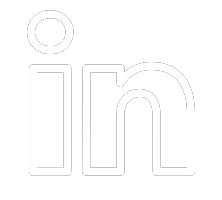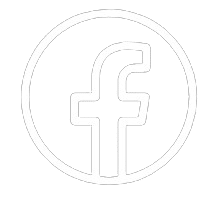A well-designed website is what enhances your online presence and engages your visitors. Since web design is so important to businesses and their success rates, taking the time to perfect your website is essential. When it comes to budgeting, finding the right balance between cost and quality can be challenging. Web design costs can vary significantly depending on several factors.
Understanding Web Design Costs
Scope and Complexity – The complexity of your website plays a significant role in determining costs. A simple website design will generally be less expensive than a multi-page e-commerce platform with extensive functionality. When deciding what is best for you, consider your goals, the number of pages, the need for custom features, and any integration requirements to gauge the necessities for your project.
Design Customization – The level of design customization will impact your costs. Website templates or pre-designed themes tend to be typically more affordable, while fully custom designs tailored to your brand’s unique identity and goals will be more expensive. Find a balance between design quality and your available budget to ensure a visually appealing website that represents your brand effectively.
Development and Functionality – If your website requires advanced functions such as user login systems database integration, or content management systems, development costs will increase. Complex functionality often requires more time and expertise from web developers, affecting the overall price.
Responsive Design – The mobile-driven world should be an important factor when ensuring your website is responsive and adapts seamlessly to different screen sizes. This requires additional effort and testing, as well as a keen eye for user experience. While it may increase costs, it is a worthwhile investment to provide an optimal browsing experience across various devices.
Ongoing Maintenance and Support – Consider the long-term costs associated with website maintenance, updates, and technical support. Regular updates, security patches, and bug fixes are crucial to keep your website running smoothly. These costs must be factored in when budgeting to keep your website up to date and perform optimally over time.
Determining Your Budget
Define Your Goals – Clearly outline your website’s purpose, target audience, and expected outcomes. This will help you determine the features and functionality you need and prioritize your budget accordingly.
Research and Compare – Look for reputable web design agencies or freelance designers with a proven track record. Request quotes from multiple sources and compare their portfolios, client reviews, and the value they offer within your budget range.
Set Realistic Budget – Prepare to invest a reasonable amount in web design to ensure quality and effectiveness. While it is tempting to opt for the cheapest option available, remember that a poorly designed website can have a negative impact on your brand image and user experience.
Consider Scalability – If your business has the potential for growth, factor in scalability when budgeting. Investing a little more upfront for a scalable design can save you significant expenses when expanding your website’s features and functionality.
Seek Professional Advice – If you are unsure about budgeting for web design, consult with professionals who can provide insights on your specific needs and budget constraints. They can help you to navigate the complexities of web design costs and guide you towards the best solution.
There is no one-size-fits-all website design or a guide with how much you should be spending. A well-designed website is an investment that can yield substantial returns in terms of increased visibility, user engagement, and business growth.
Check out our website for more information to help gain an even better understanding of what we do. Our website also includes endless amounts of successful projects and where our clients come from. On our website you will also have access to information on the members of our team. We are also active on social media accounts like Facebook, LinkedIn, and Twitter providing more detail on what our goals are for the clients we work with. Let us help turn prospects into customers through awareness, consideration, conversion, and loyalty.




